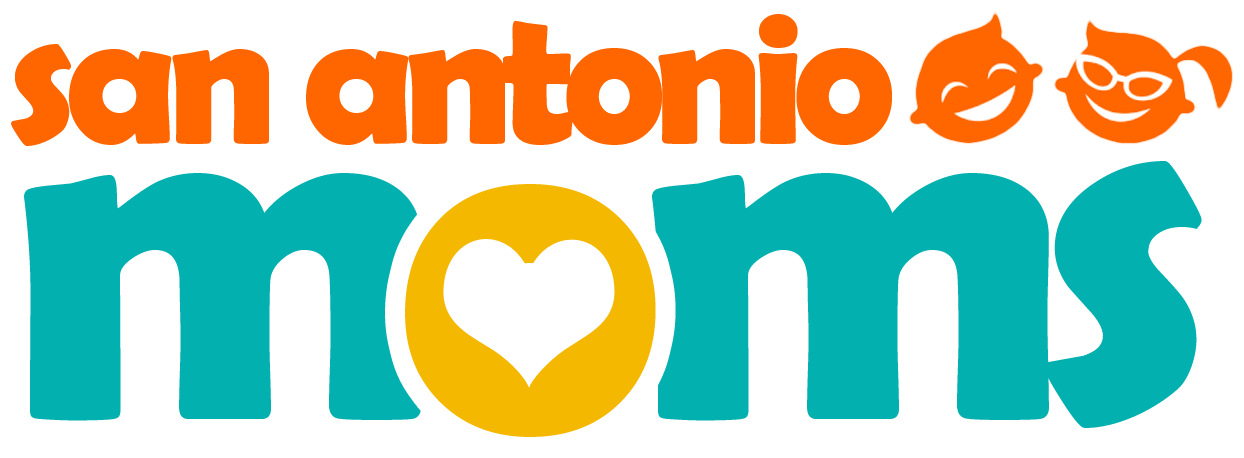Teacher Compliments Are Different From District Assessments
Table of Contents
Every child works a bit of magic, and every parent has had those breath-taking moments when a child says, does, or creates something brilliant. When a parent says, “My child is gifted,” that parent is absolutely accurate. Children are gifted and talented, and the parents and teachers who witness these glorious moments know one definition of “gifted”. However, there is another definition of “gifted”, and that is the definition used by state departments of education when they are determining standards for placement in public school gifted programs.
Steps For Placement in Gifted Education Programs
Although all states have different specifics, most districts follow similar procedures. Contacting the school district is the best way to determine specific requirements and placement procedures. Most districts follow a version of these steps:
- A student is referred to services by a teacher, a parent, or an administrator.
- The student is evaluated with an assessment of intelligence (an I.Q. test).
- The student is evaluated with additional assessments, such as a portfolio of work, classroom observation, and standardized test information.
- The gifted teacher and the regular classroom teacher discuss placement, and parents’ input is usually considered during this discussion.
- Parents are then given the results of the evaluation and the recommendations of the school’s placement team.
- Parents give permission for the child to participate in the gifted ed. program because it involves leaving the regular classroom.
Using Intelligence Tests for Gifted Placement
In general, students are given an assessment of intelligence (I.Q. test) by a qualified person, such as a trained gifted teacher or guidance counselor, a district psychometric tester, a psychologist, or a contracted tester from a university. School districts offer these services, but many accept recent private test results if the district uses the test. It is important to check with specific districts to see what tests are accepted before contracting private testing because most children need to wait a specific amount of time before re-testing.
Common Intelligence Tests Used for Gifted Education
While I.Q. testing is not the only method of placement, it is usually an important factor in the evaluation of the assessment team. While different schools accept different tests, these are the most commonly used tests. They are given to a child individually (as opposed to a group of students testing) by a qualified tester
- CTONI (Comprehensive Test of Nonverbal Intelligence) tests children aged 6 and up. It tests non-verbal cognitive ability.
- KBIT-2 (Kaufman Brief Intelligence Test, 2nd Edition) tests children aged 4 and up. It tests verbal and non-verbal cognitive ability.
- NNAT-I (Naglieri Nonverbal Ability Test – Individual) tests children aged 5 and up. It tests non-verbal reasoning ability.
- SBIS-V or SB-5 (Stanford-Binet Intelligence Scale, 5th Edition) tests children aged 2 and up. It is a test of cognitive ability.
- SPM (Raven Standard Progressive Matrices) tests children aged 6 and up. It is a test of reasoning and perception. It is sometimes given if confidence intervals on a previously given test are low, of if a child has limited English skills.
- WISC-IV (Wechsler Intelligence Scale for Children, 4th Edition) tests children aged 6 and up. It is a test of general and specific cognitive abilities. There is also an integrated WISC-IV that is more specific.
- WJ-III (Woodcock-Johnson III NU Tests of Cognitive Abilities) tests children aged 2 and up. It is a test of general intelligence and cognitive ability.
- UNIT (Universal Nonverbal Intelligence Test) tests children aged 5 and up. It is used for general intelligence and sometimes given if other tests had questionable confidence intervals.
Parents should not let a test or a school district be the sole definition of “giftedness”, because all children have some special gifts to offer. However, for academic placement and optimal services, school districts should not let parent and teacher compliments be the sole definition of “giftedness”. Using testing and team evaluations, schools can offer students placement in programs that allow them to work with teachers who are trained in working with students who are, for lack of a better word, “gifted”.
